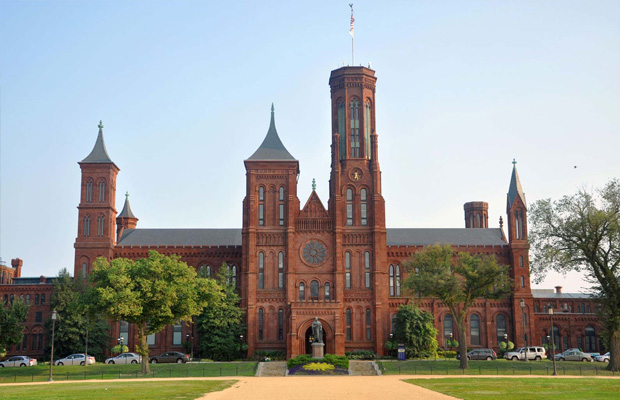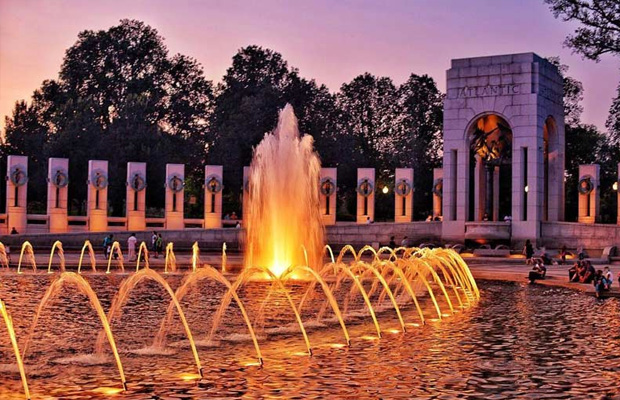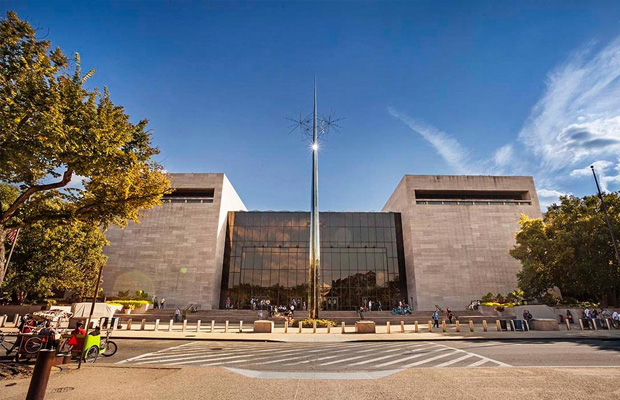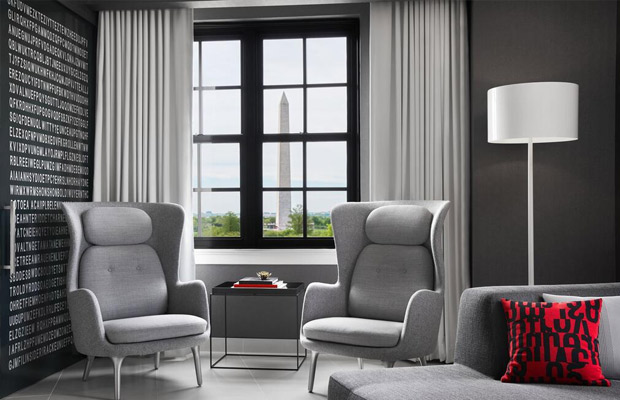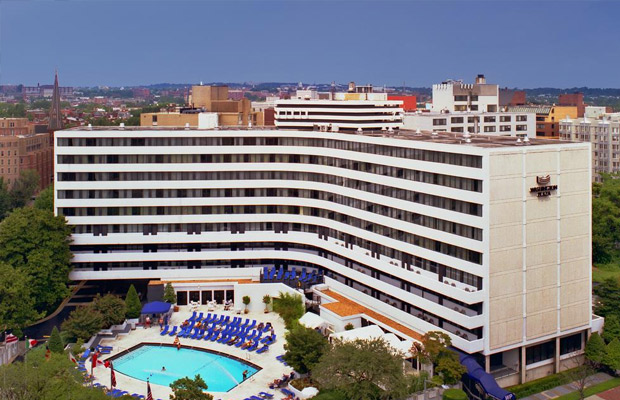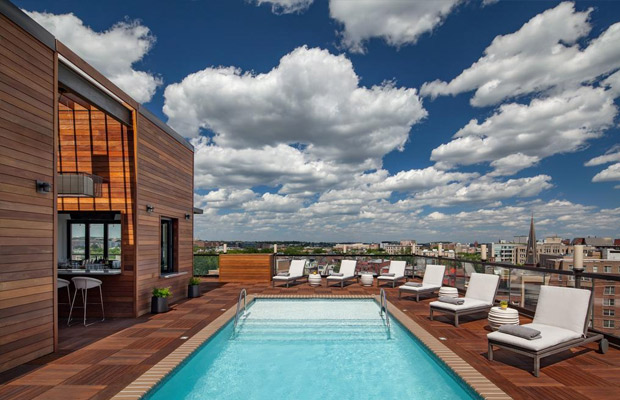Smithsonian Institution Offices
Smithsonian Institution Offices
USA
Washington DC
Washington DC Travel Guide
Book Tour & Activities
Your tour in Washington DC.
Book your stay
Your hotel in Washington DC.
Overview
The Smithsonian Institution, also known simply as The Smithsonian, is a trust instrumentality of the United States composed as a group of museums and research centers. It was founded on August 10, 1846, "for the increase and diffusion of knowledge".
The institution is named after its founding donor, British scientist James Smithson. It was originally organized as the "United States National Museum", but that name ceased to exist as an administrative entity in 1967. Termed "the nation's attic" for its eclectic holdings of 154 million items, the Institution's 19 museums, 21 libraries, nine research centers, and zoo include historical and architectural landmarks, mostly located in the District of Columbia. Additional facilities are located in Maryland, New York, and Virginia. More than 200 institutions and museums in 45 states, Puerto Rico, and Panama are Smithsonian Affiliates. The Institution's 30 million annual visitors are admitted without charge. Its annual budget is around $1.2 billion, with two-thirds coming from annual federal appropriations.
Founding
The British scientist James Smithson (1765–1829) left most of his wealth to his nephew Henry James Hungerford. When Hungerford died childless in 1835,[12] the estate passed "to the United States of America, to found at Washington, under the name of the Smithsonian Institution, an Establishment for the increase & diffusion of knowledge among men", in accordance with Smithson's will. Congress officially accepted the legacy bequeathed to the nation and pledged the faith of the United States to the charitable trust on July 1, 1836. The American diplomat Richard Rush was dispatched to England by President Andrew Jackson to collect the bequest. Rush returned in August 1838 with 105 sacks containing 104,960 gold sovereigns. This is approximately $500,000 at the time, which is equivalent to $12,005,000 in 2019 or equivalent to £9,520,034 in 2019. However, when considering the GDP at the time it may be a more accurate comparison to $220 million in today's terms.
Once the money was in hand, eight years of Congressional haggling ensued over how to interpret Smithson's rather vague mandate "for the increase and diffusion of knowledge".Unfortunately, the money was invested by the US Treasury in bonds issued by the state of Arkansas, which soon defaulted. After heated debate, Massachusetts representative (and former president) John Quincy Adams persuaded Congress to restore the lost funds with interest and, despite designs on the money for other purposes, convinced his colleagues to preserve it for an institution of science and learning. Finally, on August 10, 1846, President James K. Polk signed the legislation that established the Smithsonian Institution as a trust instrumentality of the United States, to be administered by a Board of Regents and a secretary of the Smithsonian.
Located in: Capital Gallery
Address: 600 Maryland Ave SW, Washington, DC 20002, United States
Hours: Closed ⋅ Opens 8:30AM Mon
Tickets: free · si.edu
Founded: August 10, 1846, Washington, D.C., United States
Subsidiaries: Smithsonian National Museum of Natural History, MORE
Video Travel Inspiration
See Smithsonian Institution Offices on Map
Most Popular Cities

Siem Reap
Cambodia
Ho Chi Minh City
Vietnam
Beijing
China
Paris
France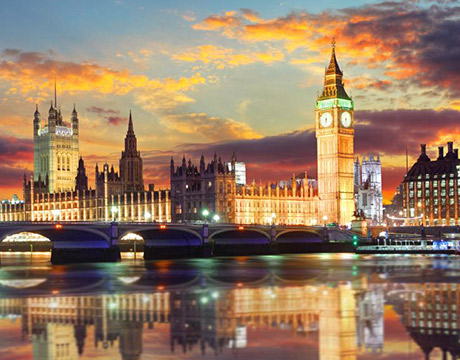
London
United Kingdom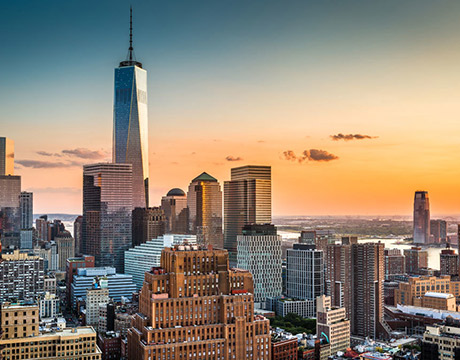
New York
USA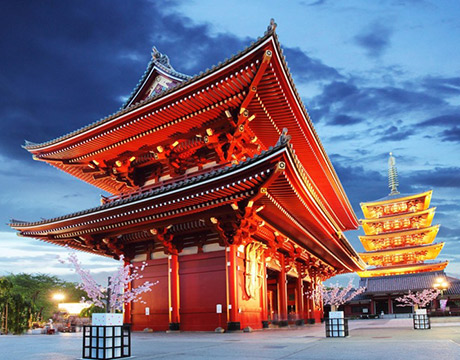
Tokyo
Japan
Bangkok
Thailand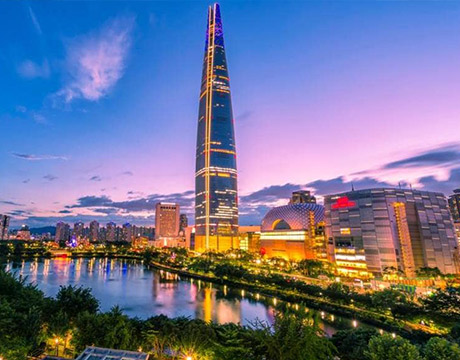
Seoul
South Korea
Vientiane
Laos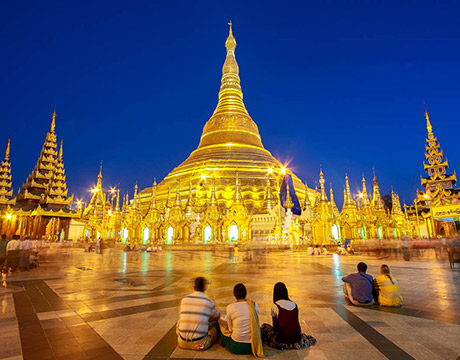
Yangon
Myanmar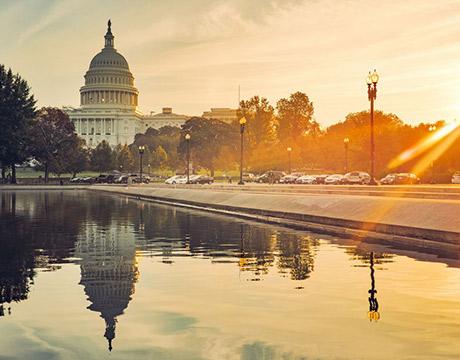
Washington DC
USA
Los Angeles
USA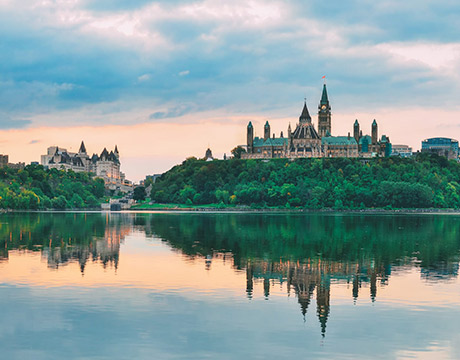
Ottawa
Canada
New Delhi
India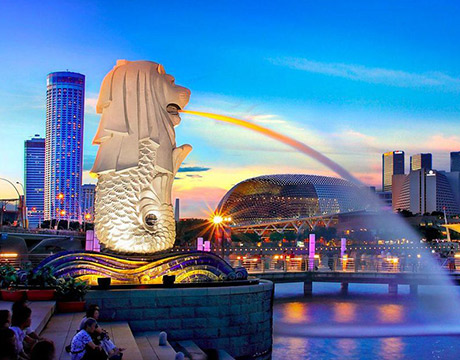
Singapore
Singapore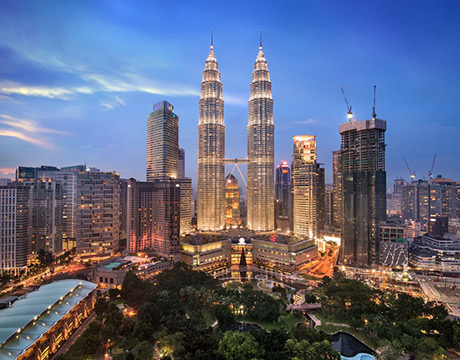
Kuala Lumpur
Malaysia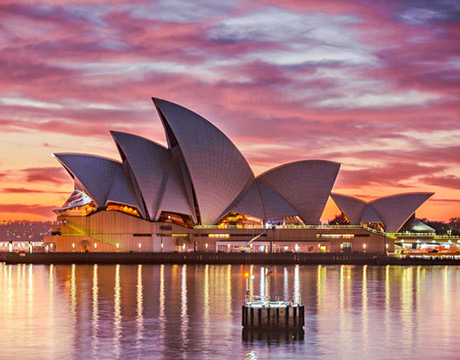
 English
English French
French Khmer
Khmer Thai
Thai Vietnamese
Vietnamese Chinese
Chinese Korean
Korean German
German Japanese
Japanese Italian
Italian Russian
Russian Spanish
Spanish Dutch
Dutch Indonesian
Indonesian Malay
Malay
